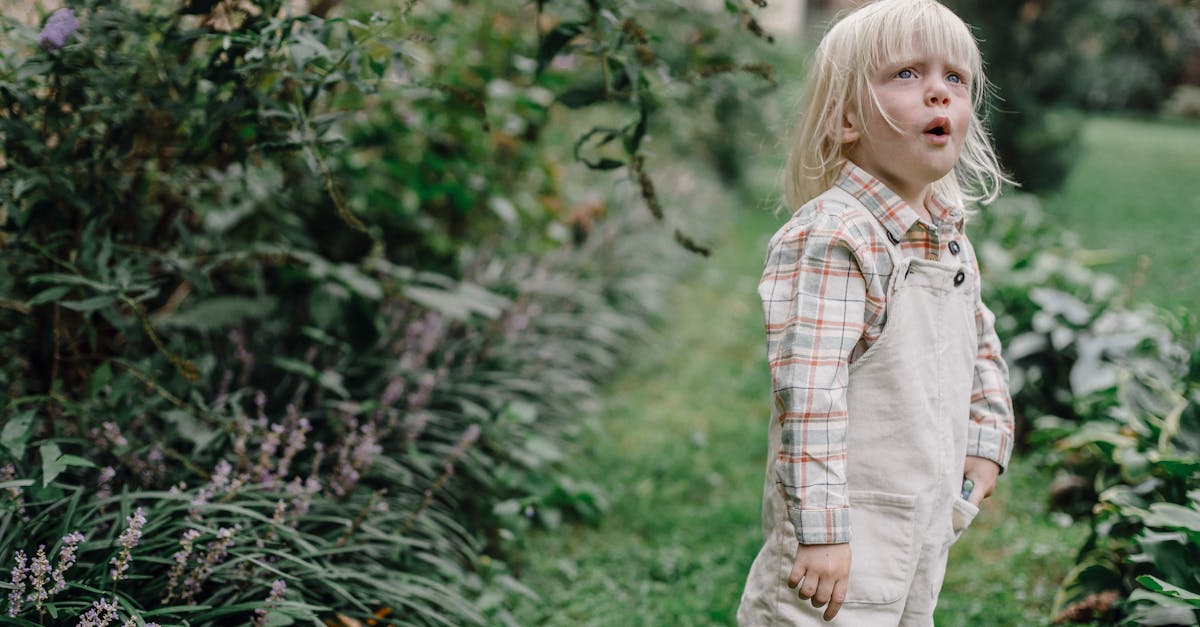Understanding Personal Space
Kids view the world differently than adults. Personal space is a tricky concept for them. Our little ones need guidance to understand why it’s crucial. Think of personal space as an invisible bubble. Explain to your child that everyone has their own bubble that shouldn’t be popped. Use soft words and silly games to make this idea stick. For example, make-believe their bubble is magical and popping it loses the magic. This helps them visualize and respect others’ personal space.

Why Boundaries Matter
Kids’ curiosity and eagerness sometimes lead to boundary issues. Boundaries teach respect and help pre-schoolers feel safe.
Explain boundaries through everyday moments. If a child reaches for a cookie before dinner, calmly discuss why you set that rule. Reinforce that boundaries keep us safe and happy.
Use gentle phrases to remind them, like ‘Remember, we follow this rule to stay healthy.’ Humor helps too—laugh about having boundaries like superheroes who follow their special rules.

Teach Through Play
Children learn best through play. Create fun activities to teach personal space and boundaries. Use games like ‘Red Light, Green Light’ to show stopping at someone’s boundary. Role-playing with stuffed animals can also be effective. Pretend a toy is too close and needs to learn about personal space. Craft stories where characters respect each other’s bubbles. This playful approach makes the concepts easier to grasp and more enjoyable for kids.

Use Simple Language
When explaining personal space, keep language simple. Use short sentences and clear words. You might say, ‘We don’t touch friends too much.’ Direct phrases keep kids engaged without confusing them. Transition words like ‘because’ and ‘so’ explain reasons behind boundaries. For instance, ‘We wash hands because it keeps us healthy.’ Over time, children will understand and respect personal space with these simple, direct instructions.

Emotional Challenges and Solutions
Emotional challenges are common when learning about boundaries. Children might feel frustrated or sad. Help them navigate these emotions by acknowledging their feelings. Say things like, ‘I understand you’re upset, but we need to respect boundaries.’ Suggest alternatives, like drawing or hugging a toy. Share your own childhood stories where you struggled with boundaries. Laughter and empathy ease their frustrations and create a supportive learning environment.

Encourage Open Conversations
Open conversations with your child about personal space. Encourage them to express their feelings and thoughts. Ask questions like, How do you feel when someone gets too close? This promotes understanding and respect for others’ space. Create a safe space where they can share without fear.
- Celebrate their small victories when they respect boundaries.
- Positive reinforcement boosts their confidence and reinforces the importance of personal space.
